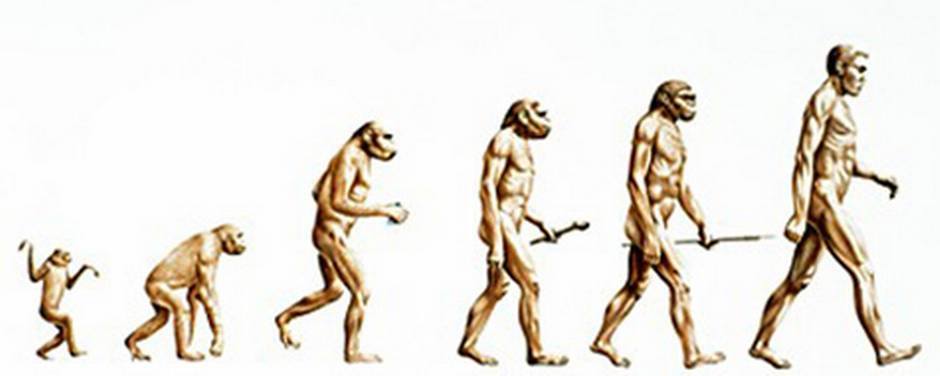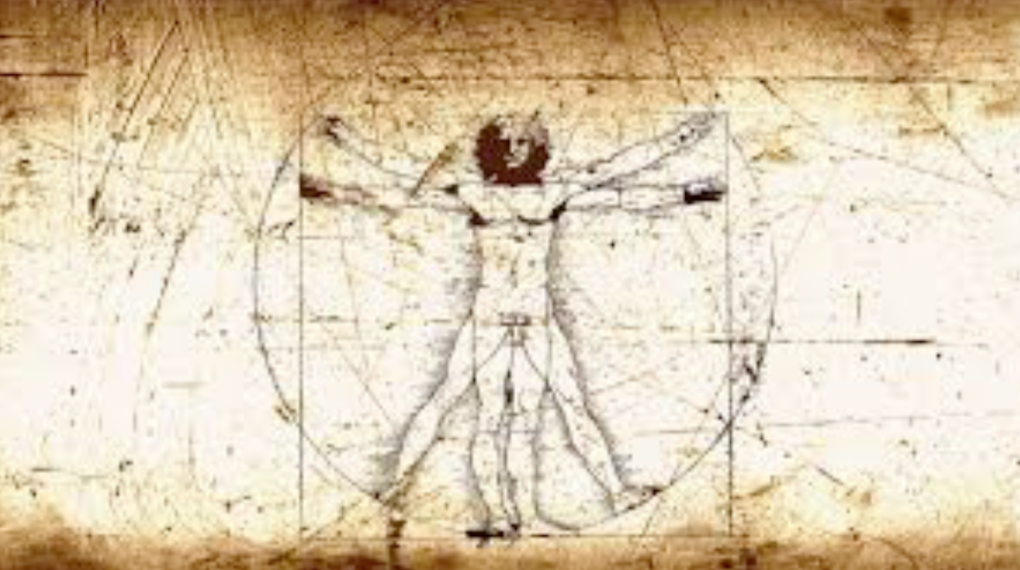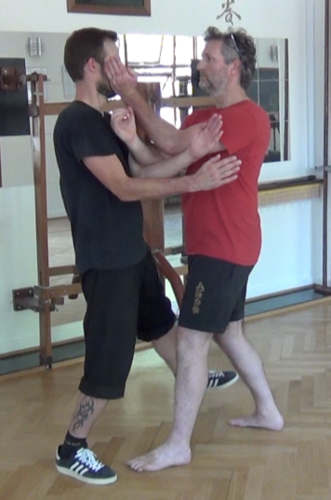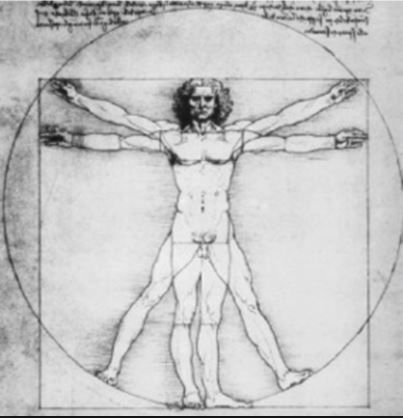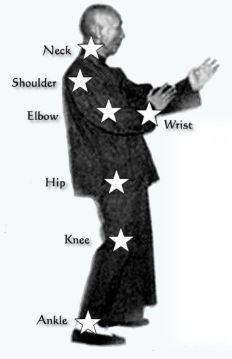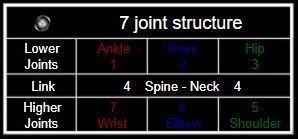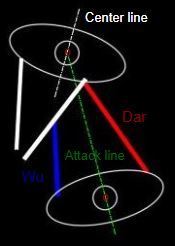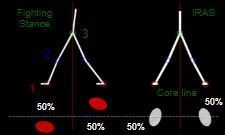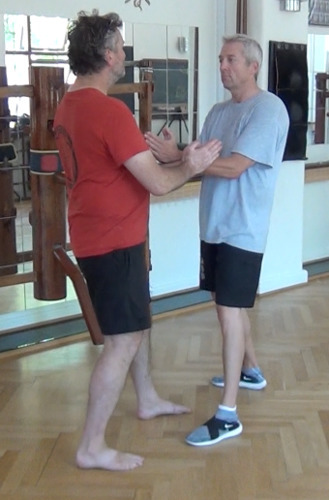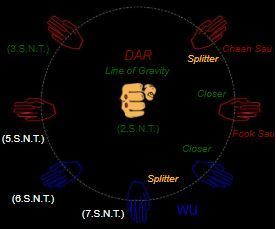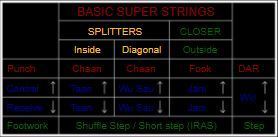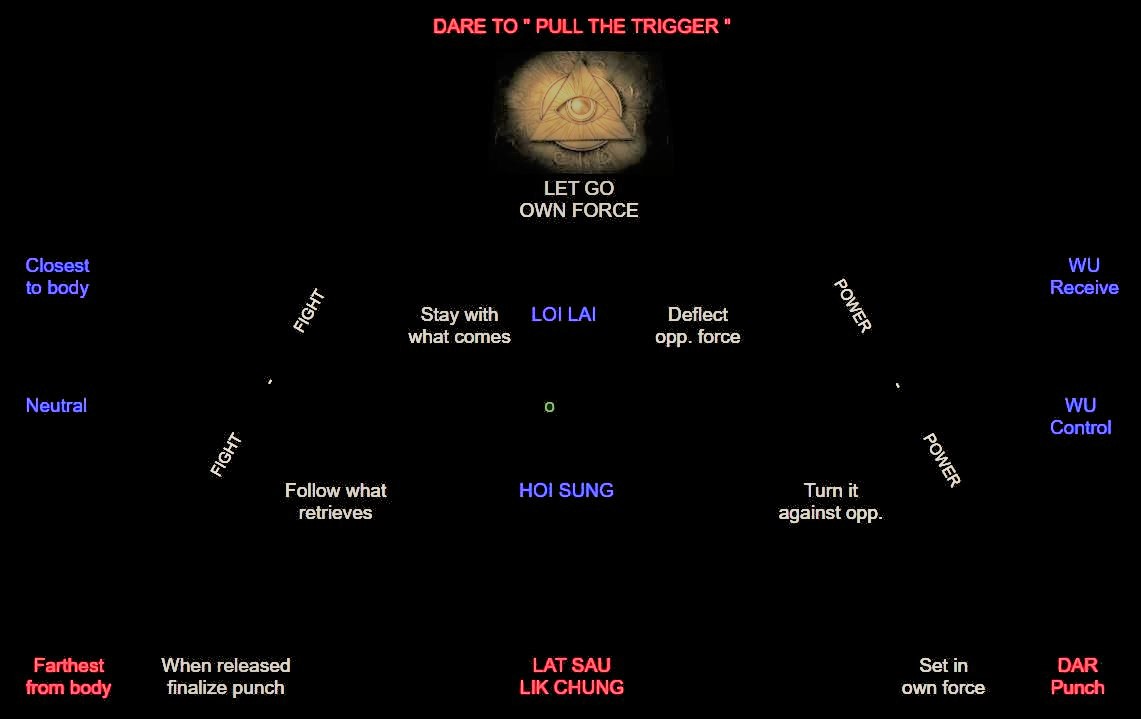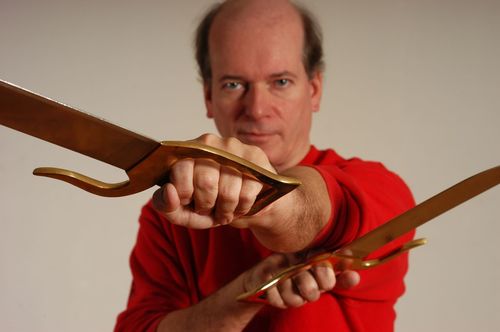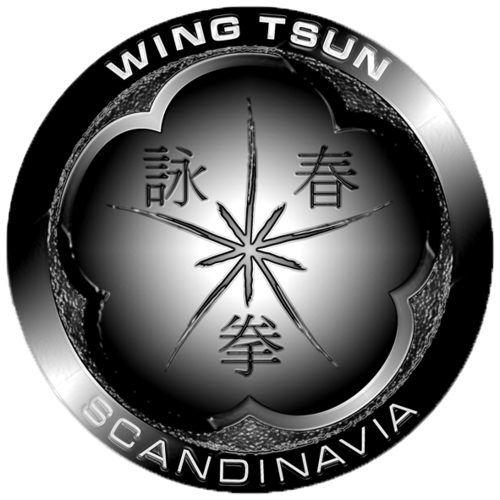7 Joint Structure
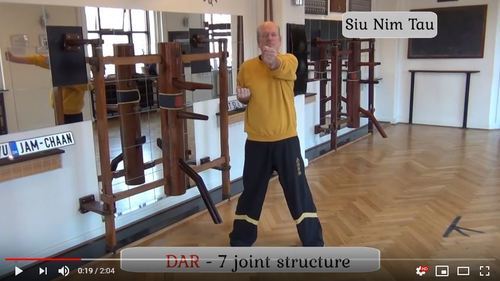 |
WT Lines  |
Footwork
 |
Closers/Splitters  |
The Unit Circle
 |
Superstrings 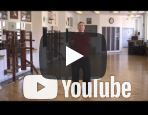 |
Fighting/Power
 |
|
Here you find illustrations and descriptions of the Closing and Splitting arms.
|
|
|
There are only three optimal/healthy possible contacts between arms in between two persons. Outside contact, Inside contact and Diagonal outside contact (Superstrings).
The Closers/splitters without Log In HERE.
The Wing Tsun DNA chapter illustrates and describes the general idea about anatomi passed on by the ancient
Wing Tsun Forms.
|
WATCH |
|
Remember! |
" Wing Tsun is the general idea of the 7 Joints nessecary to control an attacker through the WT Lines via the Superstring Dar/Wu pressure, ensuring the natural Footwork angled by the Unit Circle wrist rotations, naturally powered by the optimal Closing/Splitting contacts defined by the frontality, the powerleg and the Gravity of course! "
Here you find illustrations, descriptions and testing of the 7 Joints.
When the 7 Joints are proper aligned from IRAS
with the Wrist/fist positioned at the Line of Gravity
- DAR (2.S.N.T.)
closest to the body loaded with full pressure, even a few millimeter wrong "adjustments" will be fatal for even the strongest people.
|
|
|
The 7 Joints Structure without Log In HERE.
|
|
|
The three major lines are two induvidual lines - The Core line and the Center line, and the mutual Attacking line.
The Wing Tsun Lines without Log In HERE.
Here you find illustrations and descriptions of the basic and advanced Footwork.
In Wing Tsun there is no footwork to learn, as only the instinctively way to move as a human being will work in a stressed situation.
|
|
|
The Wing Tsun Footwork without Log In HERE.
|
|
|
Besides of being a furmula chart and a "Users manual" for the Muk Yan Chong - Wooden dummy, the Siu Nim Tau form allows the arms to be fully stretched (Superstrings) and with full wrist rotation changing the angles at the lower arm bones.
The Unit Circle HERE.
Here you find illustrations and descriptions of the three "most likely" arm contact possibilities.
|
|
The various Wing Tsun Forms each in their own way indicates the
Superstring positions farthest from the body (DAR - Punching),
closest to the body (WU - receiving) and the neutral position - status quo - in between
(WU - Controlling).
The Superstrings HERE.
Here you find illustrations, descriptions and comparasion of the Fighting and power principles.
|
|
When comparing the Dynamic Wing Tsun rules, its obvious that the Fighting principles can't work if not synchronized with the Power principles and vice versa.
However only by travelling by the body's anatomically correct Superstrings.
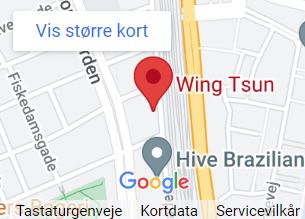
Find us HERE. |
|
WT Center Copenhagen Østbanegade 55 - 2100 Cph. Ø - +45 33313672
Arb. Landsbank: 5358 - 0000243701 Mobile Pay: 305350 |
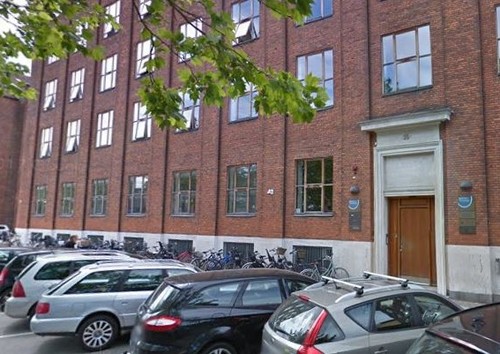
Østbanegade 55 |
